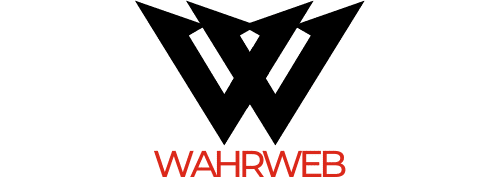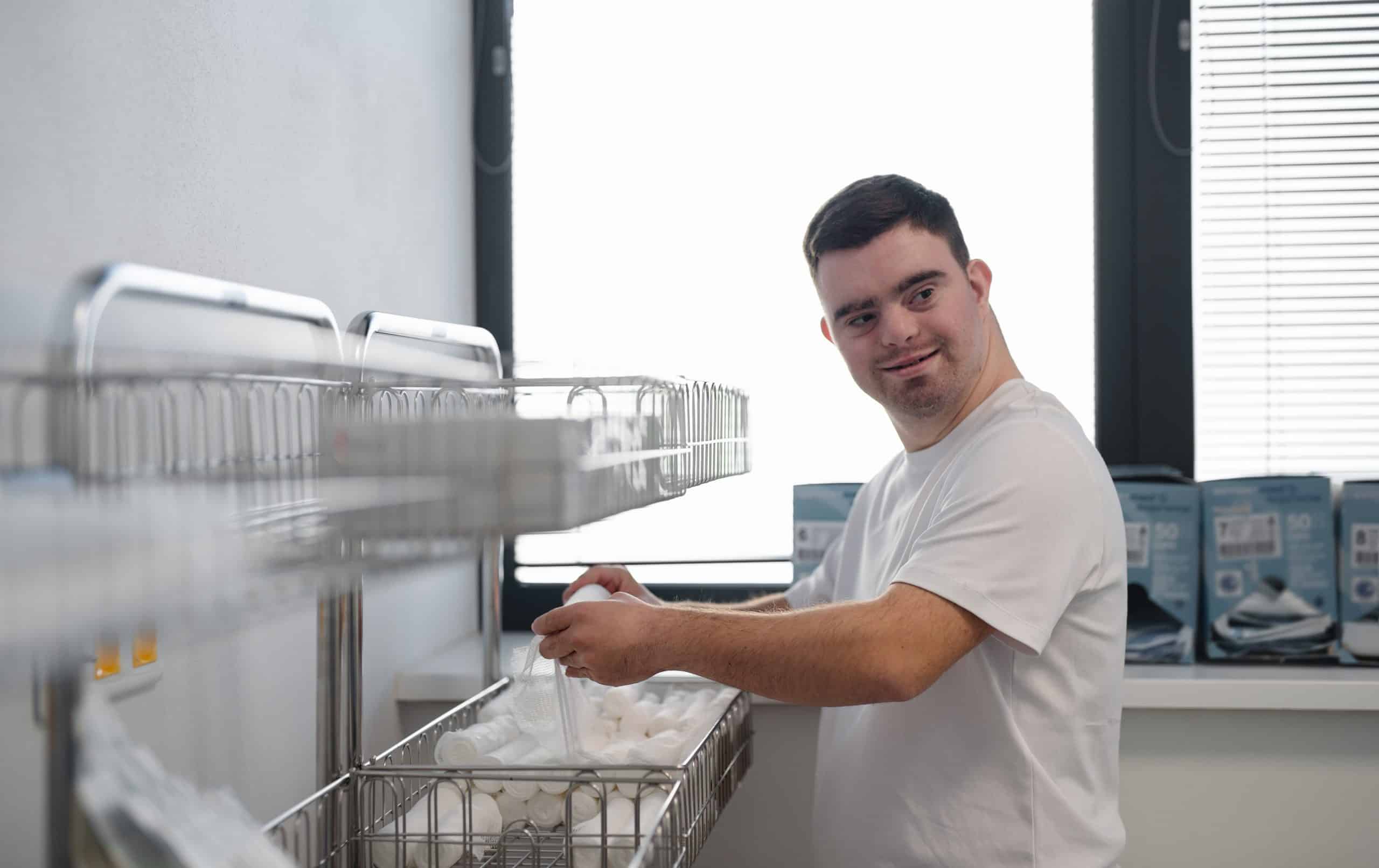As the world continues to evolve technologically, the need to incorporate new solutions into various sectors has become inevitable. In healthcare, the integration of the Internet of Things (IoT) is increasingly gaining momentum due to its potential to revolutionize patient care and overall service delivery. However, the journey towards this integration is not without challenges. In this article, we explore the obstacles that healthcare facilities face in implementing IoT and suggest possible solutions to address these issues.
Cybersecurity and Data Privacy Concerns
The implementation of IoT in healthcare facilities involves collecting, processing, and storing massive amounts of data, including sensitive patient information. This raises critical concerns about cybersecurity and data privacy. Despite the potential benefits of IoT, the threat of data breaches and cyber-attacks poses a significant challenge.
Sujet a lire : How Can IoT Improve Air and Water Quality Monitoring in Cities?
Cybersecurity threats have become increasingly sophisticated, targeting healthcare facilities due to the value of the data they hold. A single breach could expose thousands, if not millions, of patients’ sensitive information. Issues such as hacking, data theft, and ransomware attacks have grown increasingly common, making the integration of IoT a risky venture.
Furthermore, IoT devices often collect a broad range of patient data, including personal identifying information and sensitive health records. Ensuring the privacy and confidentiality of this information is a legal and ethical responsibility for healthcare providers. However, the decentralized nature of IoT systems can make it difficult to control who has access to this data, leading to potential privacy breaches.
A lire également : What Is the Role of IoT in Enhancing Agricultural Productivity?
Compatibility and Interoperability Issues
IoT involves the use of various devices and technologies, each with its unique specifications and requirements. This diversity can lead to compatibility and interoperability issues, which can hinder the effective integration of IoT in healthcare facilities.
Interoperability refers to the ability of different IoT devices to work together seamlessly. However, the lack of standardization in IoT technology can create significant hurdles in achieving this. Different devices may use different communication protocols, have varying data formats, or function on different software platforms. This lack of uniformity can limit the ability of healthcare providers to integrate and utilize IoT effectively.
Compatibility issues can also arise when integrating IoT with existing systems and technology in healthcare facilities. IoT devices may not be compatible with the current infrastructure, requiring costly and time-consuming upgrades or replacements. Therefore, healthcare facilities must carefully consider the compatibility and interoperability of IoT devices before implementation.
Technical Complexity and Lack of Expertise
The integration of IoT in healthcare facilities involves complex systems and technologies. Understanding and managing these systems require a high level of technical expertise, posing a significant challenge for healthcare providers.
Healthcare staff may need extensive training to use IoT devices competently and safely. Additionally, healthcare facilities may need to hire or train IT specialists to manage and maintain the IoT systems. This not only adds to the cost of implementation but also requires a significant investment in time and resources.
Moreover, the rapidly evolving nature of IoT technology means that continuous learning and adaptation are necessary. Keeping up with these changes can be difficult, especially in a busy healthcare environment.
Regulatory and Compliance Challenges
The integration of IoT in healthcare also presents regulatory and compliance challenges. Healthcare providers must ensure that their use of IoT complies with applicable laws and regulations, including data privacy laws and healthcare-specific regulations.
In many jurisdictions, healthcare providers are required to obtain informed consent from patients before collecting and using their data. The decentralized nature of IoT systems can make it challenging to implement effective consent processes.
Additionally, there may be regulatory requirements related to the safety and efficacy of IoT devices used in healthcare. Compliance with these requirements may necessitate extensive testing and validation of the devices, adding to the cost and complexity of IoT integration.
Infrastructure and Connectivity Limitations
Finally, infrastructure and connectivity limitations can pose significant challenges to the integration of IoT in healthcare. Reliable internet connectivity is essential for the functioning of IoT devices. However, in many areas, particularly rural and remote regions, internet connectivity can be unreliable or limited.
Moreover, the sheer volume of data generated by IoT devices can strain the existing network infrastructure. Healthcare facilities may need to upgrade their network infrastructure to support the high data volumes and real-time data transmission required by IoT.
In conclusion, while the integration of IoT holds significant potential for improving healthcare delivery, it is not without challenges. By understanding and addressing these challenges, healthcare providers can drive more effective and secure implementation of IoT in their facilities.
Overcoming IoT Integration Challenges
Several strategies can be utilized to overcome the challenges associated with integrating IoT in healthcare facilities. First, healthcare providers must prioritize cybersecurity and data privacy. This could involve implementing robust security measures, such as encryption and multi-factor authentication, to protect sensitive patient data. Healthcare facilities could also consider investing in cybersecurity training for their staff to raise awareness about potential threats and to ensure they can identify and respond to cyber incidents.
With regards to interoperability and compatibility issues, healthcare providers might consider working with reputable vendors who adhere to industry standards. This could help ensure that the IoT devices they purchase are compatible with each other and with their existing systems. Moreover, they could consider future-proofing their technology investments by selecting scalable systems that can be upgraded as technology evolves.
To address the technical complexity and lack of expertise, healthcare facilities could invest in training for their staff. This training could be designed to enhance staff’s understanding of how IoT devices work and how they can be used effectively and safely. Furthermore, they could hire or partner with IT specialists who have expertise in managing and maintaining IoT systems.
To navigate regulatory and compliance challenges, healthcare providers might consider seeking legal advice to ensure they understand and comply with all relevant laws and regulations. They could also implement robust data governance frameworks to manage patient data appropriately and ensure informed consent is obtained.
Finally, to overcome infrastructure and connectivity limitations, healthcare facilities could evaluate their network infrastructure’s capacity to handle IoT data loads. If necessary, they could consider investing in infrastructure upgrades or exploring alternative connectivity solutions.
Conclusion
In the era of technological advancement where IoT has the potential to revolutionize healthcare delivery, it is crucial to acknowledge and address the challenges associated with its implementation. The integration of IoT in healthcare facilities is not without obstacles. Cybersecurity and data privacy concerns, compatibility and interoperability issues, technical complexity and lack of expertise, regulatory and compliance challenges, and infrastructure and connectivity limitations are all formidable challenges that need to be addressed. However, by implementing robust cybersecurity measures, investing in staff training, working with reputable vendors, seeking legal advice, and evaluating and upgrading network infrastructure, healthcare facilities can navigate these challenges and harness the full potential of IoT. By doing so, they can improve patient care and service delivery, positioning themselves as leaders in the healthcare sector of the future.






